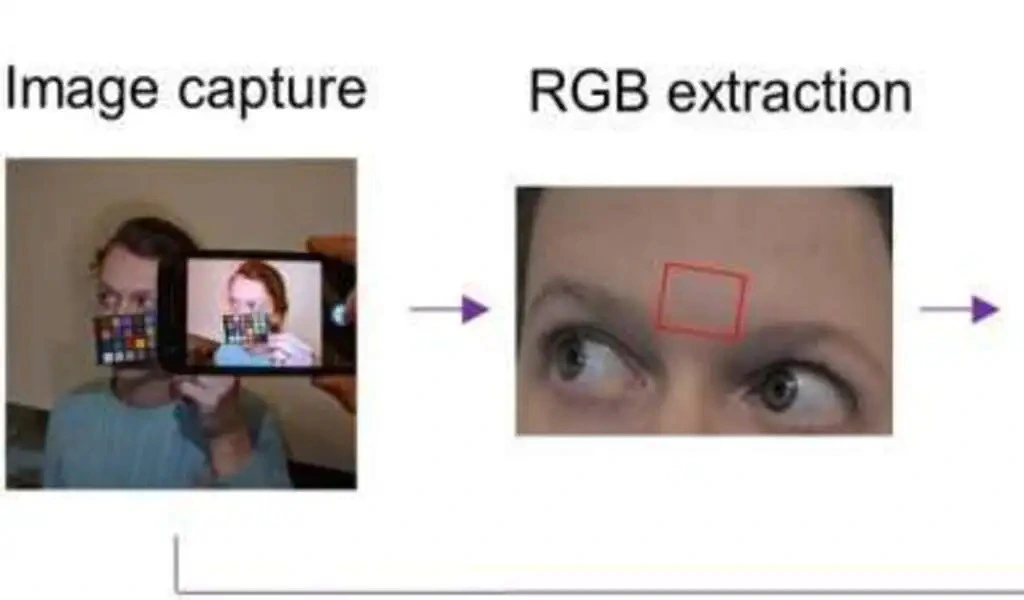Health
Home Monitoring Of Liver Disease Patients Could Be Done With Smartphones

(CTN News) – According to new research from UCL and the Royal Free Hospital, a liver disease smartphone camera can detect changes in eye color and skin tone.
The study published in PLOS Digital Health assesses and compares how smartphone images of the forehead, white of the eye, and lower eyelid can accurately predict the bilirubin level of patients with advanced cirrhosis.
Images of the white of the eye were found to be the most reliable for predicting bilirubin levels.
It can be used to monitor liver cirrhosis patients at home more closely, easily, and cost-effectively than is currently possible. In addition to detecting worsening symptoms before they become critical, the authors expect that this will simplify health professionals’ workflows.
Among working-age people in the UK, liver disease is the third leading cause of premature death. Despite improvements in mortality rates for many chronic diseases in the UK, the mortality rate for liver disease increased by 400% between 1970 and 2010.
In order to monitor cirrhosis progression effectively, non-invasive, cost-effective methods are needed.
A yellow pigment known as bilirubin indicates poor Liver Disease function when visible in the skin or eye, a condition known as jaundice. As bilirubin concentrations in the blood rise in patients with advanced cirrhosis, their skin and eyes become yellow.
Currently, bilirubin levels are determined by a blood test performed by a medical professional. In a health care setting, this is usually done. A higher level indicates that the patient’s Liver Disease function has deteriorated further and that they need medical attention.
An app developed by researchers was able to detect jaundice severity with a high degree of accuracy in this study. Sixty-six patients with cirrhosis had their foreheads, whites of their eyes, and lower eyelids photographed using a smartphone.
The images were calibrated for lighting conditions and then analyzed to train an algorithm to predict bilirubin level based on yellowness.
According to these predictions, the whites of the eyes provided the strongest correlation with blood test data.
“One of the challenges associated with liver disease is that it can deteriorate very quickly, according to Professor Raj Mookerjee (UCL Medicine).
When a patient arrives at the clinic much more jaundiced than they were before, it is likely that their Liver Disease has already advanced significantly.
With the approach we’ve tested in this study, we could monitor patients from their own homes much more frequently than is currently possible and, hopefully, detect worsening clinical signs and symptoms before they become critical.”
It was one of the challenges the study sought to overcome that patients with cirrhosis can have fifty times more yellowness than normal.
A patient can tell if they have jaundice immediately, but it isn’t a question of if their skin looks yellow or not, but how much more yellow it looks, which indicates how badly their liver function has deteriorated,” said Professor Mookerjee.
“This smartphone app is a remarkable feat of engineering that demonstrates the power of clinicians and engineers collaborating to solve urgent health care problems.”
To validate the approach’s safety and accuracy, a larger trial is needed. Patients would likely use an app to frequently take photos of their eyes, which would alert clinical care providers to meaningful changes in bilirubin that might require a different approach to patient care.
Dr. Terence Leung (UCL Medical Physics & Biomedical Engineering), co-author of the paper, said, “Smartphone camera technology is improving each year, which is allowing us to develop innovative solutions to unmet health care needs using devices most people have at home.”
It’s great to be able to engineer solutions that are not only cheap and easy to implement, but which will make a real difference to people’s lives.”
SEE ALSO:
Contract Drug Manufacturers Race To Expand For Booming Weight-Loss Drug Market




























